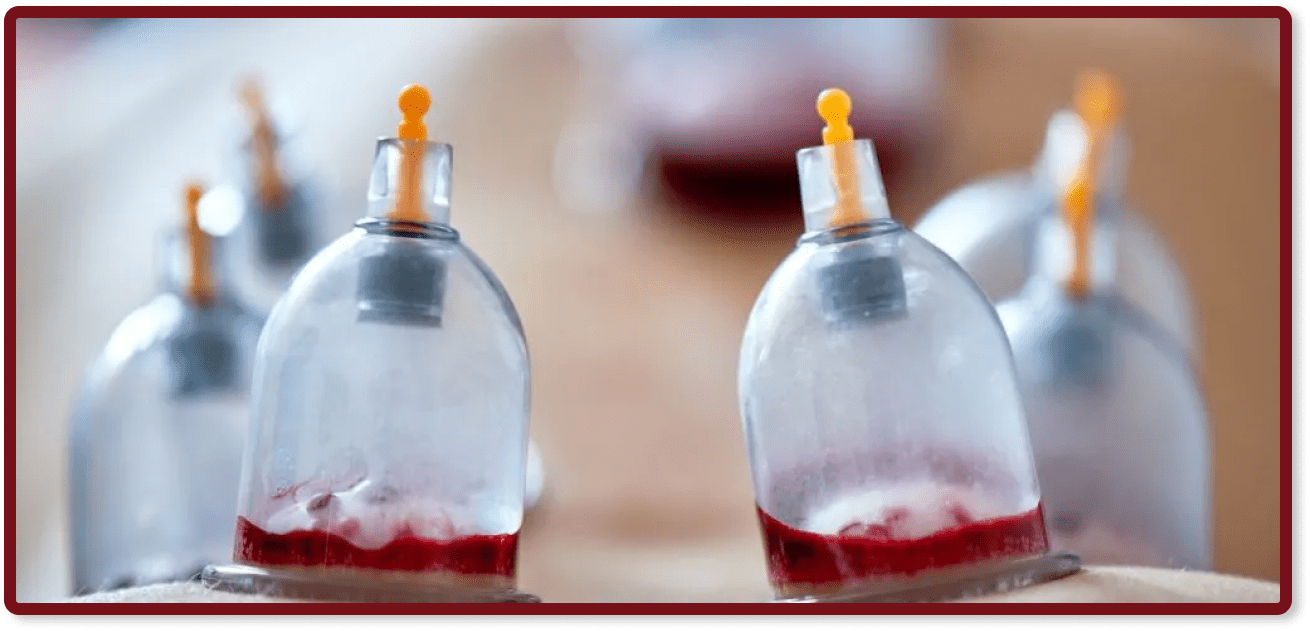Hijama and acupuncture are both ancient healing practices that have been used for centuries to promote health and well-being. While they share some similarities, they also have distinct approaches and mechanisms of action. This article will delve into the key differences between hijama and acupuncture, exploring their techniques, benefits, and potential applications.
Hijama
Hijama, or cupping, involves creating suction on the skin using heated cups. This suction is believed to stimulate blood flow, promote healing, and remove toxins from the body. The practice is rooted in Islamic tradition and has been used for centuries in various cultures around the world.
Acupuncture
Acupuncture is a traditional Chinese medicine practice that involves inserting thin needles into specific points on the body. These points, known as acupoints, are believed to be connected to energy pathways called meridians. By stimulating these points, acupuncture is thought to restore balance and harmony to the body.
Key Differences
While both hijama and acupuncture aim to improve health and well-being, they have distinct approaches and mechanisms of action:
- Technique: Hijama involves the use of cups to create suction, while acupuncture involves the insertion of needles.
- Theory: Hijama is based on the theory of blood flow and toxin removal, while acupuncture is based on the concept of energy flow (qi) and meridians.
- Application: Hijama is often used for conditions such as chronic pain, inflammation, and skin disorders. Acupuncture is used for a wider range of conditions, including pain, stress, digestive problems, and fertility issues.
Similarities
Despite their differences, hijama and acupuncture share some similarities:
- Both are non-invasive: Neither hijama nor acupuncture involves surgery or the use of drugs.
- Both can be used to treat a variety of conditions: Both practices have been shown to be effective for a wide range of health issues.
- Both can be combined with other therapies: Hijama and acupuncture can be used in conjunction with other treatments, such as massage or herbal remedies.
Comparing Benefits
Both hijama and acupuncture have been shown to have a variety of benefits, including:
- Pain relief: Both practices can be effective for reducing pain associated with various conditions.
- Improved circulation: Hijama is known to improve blood circulation, while acupuncture can help to regulate the flow of qi.
- Boosted immune system: Both practices may help to strengthen the immune system.
- Reduced stress: Both hijama and acupuncture can be effective for reducing stress and anxiety.
Choosing Between Hijama and Acupuncture
The choice between hijama and acupuncture depends on individual needs and preferences. Factors to consider include:
- Health condition: Certain conditions may be more suited to one practice over the other.
- Personal preference: Some people may prefer the sensation of cups, while others may prefer needles.
- Practitioner experience: It is important to choose a qualified practitioner who is experienced in the desired practice.
Conclusion
Hijama and acupuncture are both ancient healing practices that have been used for centuries to promote health and well-being. While they have distinct approaches and mechanisms of action, both practices can be effective for a variety of conditions. Individuals considering these therapies should carefully research their options and choose a practitioner who is qualified and experienced.
Visit: Hijama Center in Karachi



